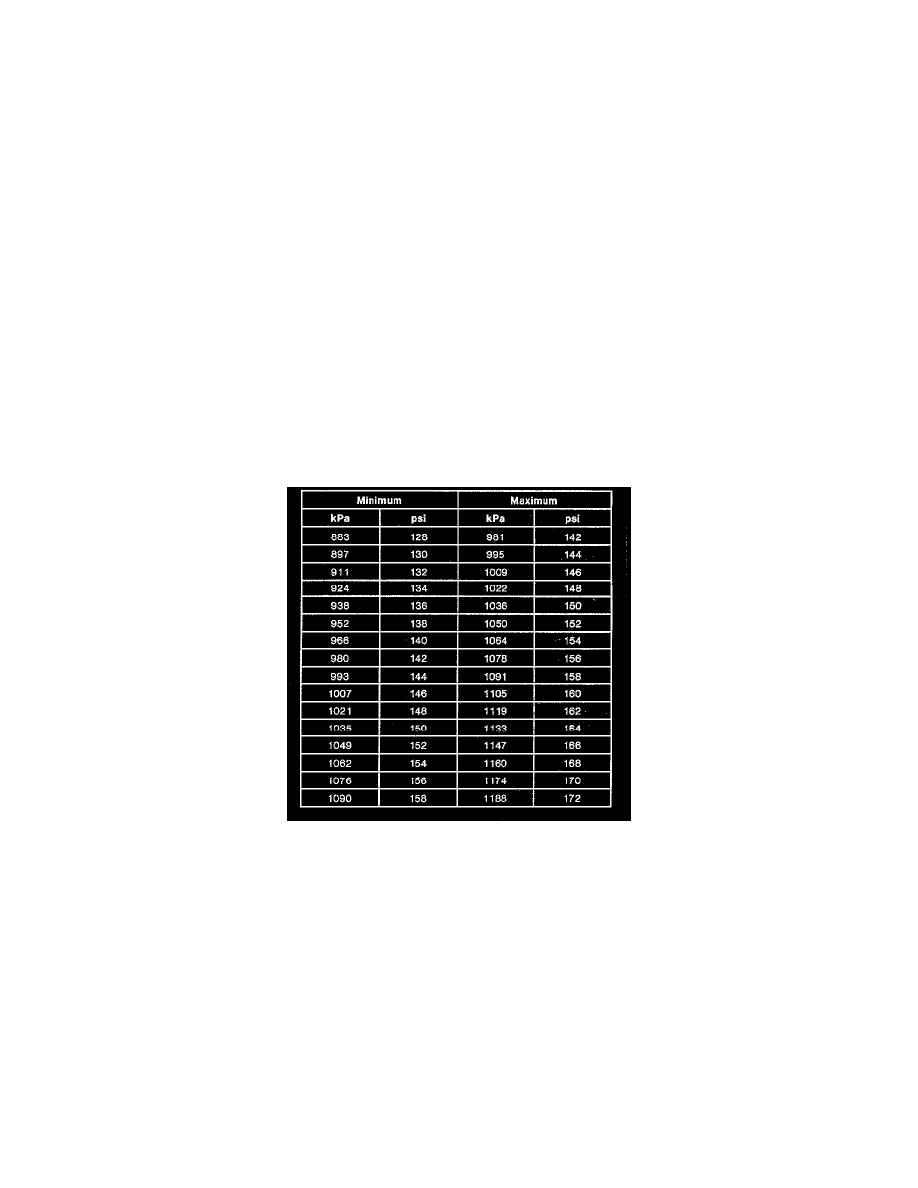Villager V6-181 3.0L SOHC VIN 1 EFI (1997)

Compression Check: Testing and Inspection
Interpreting Compression Readings
INTERPRETING
Variations between cylinders will have a greater effect upon engine performance than overall readings that are equal between cylinders but slightly
below specifications.
When taking compression readings, watch the action of the gauge needle. When it raises only a small amount on the first stroke, a little more on
succeeding strokes, and results in a low reading, burned, sticky, or warped valve(s) are indicated.
A low buildup on the first stroke with a gradual buildup on succeeding strokes leading to a moderate reading can mean worn, stuck, or scored piston
rings.
If two adjacent cylinders are low, a blown head gasket or warped cylinder head-to-cylinder block surface could be responsible.
Add one teaspoon of heavy (SAE 30 minimum) engine oil to a cylinder with a low reading. Insert the compression gauge and recheck the cylinder.
Crank the engine for a few extra compression strokes and watch the gauge. If the compression goes up 10 percent or more, worn or damaged piston
rings are indicated. If the addition of the oil produces no significant change, valve trouble, a broken piston, or a blown head gasket is probably causing
the low reading.
If the compression pressure exceeds specifications, there is a buildup of carbon on the head of the piston and on the combustion chamber walls. If
pinging cannot be stopped by retarding the timing, or by switching to a higher octane gasoline then carbon buildup may be indicated.
EXAMPLE READINGS
The above chart gives the allowable variation in cylinder pressure. If the maximum and minimum readings are not within specification further
diagnosis is necessary.
